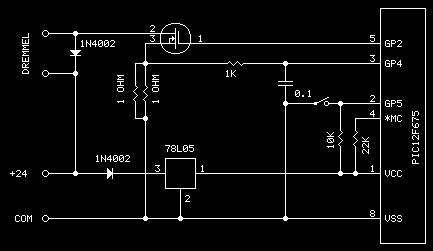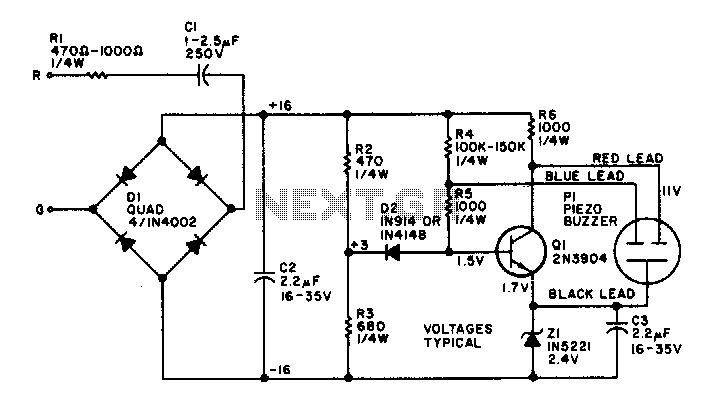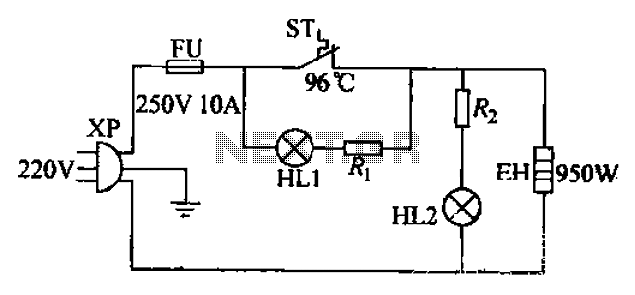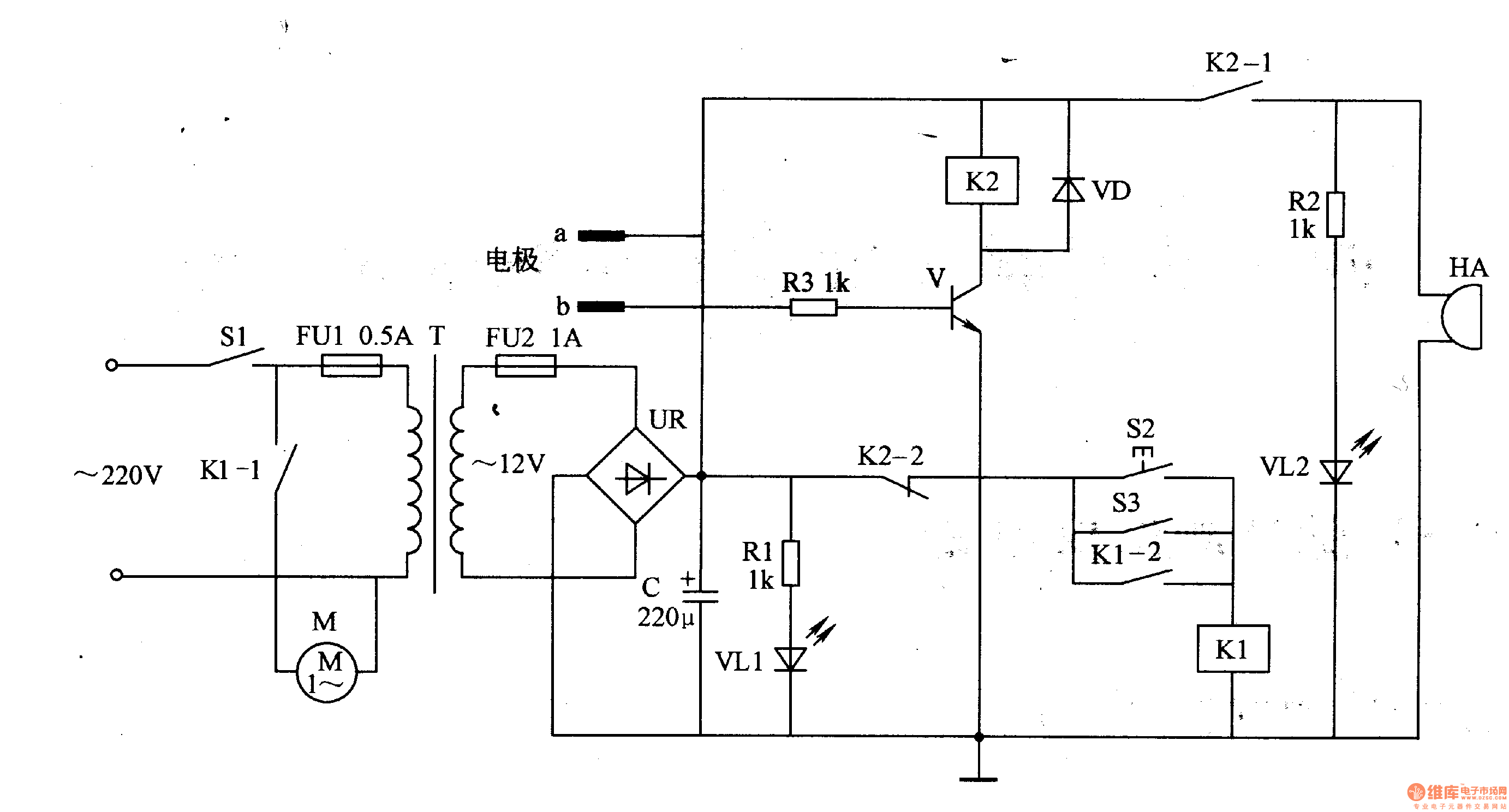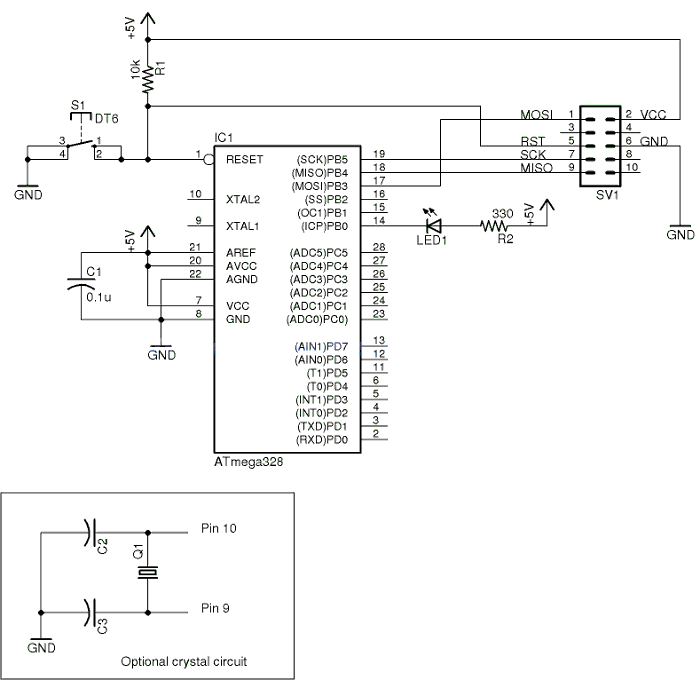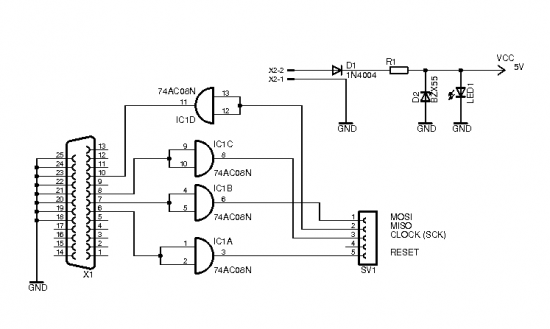
Electric AC Heater Controller Unit

The compact circuit of the electric AC heater controller is designed around the well-known 3-Pin Integrated Temperature Sensor LM35 (IC1) from National Semiconductor Corporation (NSC).
The circuit utilizes the LM35 temperature sensor, which provides an analog output voltage that is linearly proportional to the temperature in degrees Celsius. The LM35 operates on a supply voltage ranging from 4 to 30 volts and offers a temperature measurement range from -55°C to +150°C with an accuracy of ±0.5°C.
In this application, the LM35 is connected to a microcontroller or a comparator to monitor the temperature and control the heating element accordingly. The output voltage from the LM35 can be fed into an analog-to-digital converter (ADC) if a microcontroller is used, allowing for precise temperature readings and the implementation of a control algorithm.
The heating element, typically an AC resistive load, is controlled via a relay or a triac, which is triggered based on the temperature readings from the LM35. A hysteresis function may be implemented to prevent rapid switching of the heater, ensuring stable operation and increased lifespan of the components.
Additional components may include a power supply circuit to provide the necessary voltage to the LM35 and control circuitry, as well as protection devices such as fuses or circuit breakers to safeguard against overcurrent conditions.
Overall, the design of this electric AC heater controller emphasizes efficiency, reliability, and user safety, making it suitable for various heating applications in domestic or industrial settings.Minuscule circuit of the electric AC heater controller presented here is built around the renowned 3-Pin Integrated Temperature Sensor LM35 (IC1) from NSC 🔗 External reference
The circuit utilizes the LM35 temperature sensor, which provides an analog output voltage that is linearly proportional to the temperature in degrees Celsius. The LM35 operates on a supply voltage ranging from 4 to 30 volts and offers a temperature measurement range from -55°C to +150°C with an accuracy of ±0.5°C.
In this application, the LM35 is connected to a microcontroller or a comparator to monitor the temperature and control the heating element accordingly. The output voltage from the LM35 can be fed into an analog-to-digital converter (ADC) if a microcontroller is used, allowing for precise temperature readings and the implementation of a control algorithm.
The heating element, typically an AC resistive load, is controlled via a relay or a triac, which is triggered based on the temperature readings from the LM35. A hysteresis function may be implemented to prevent rapid switching of the heater, ensuring stable operation and increased lifespan of the components.
Additional components may include a power supply circuit to provide the necessary voltage to the LM35 and control circuitry, as well as protection devices such as fuses or circuit breakers to safeguard against overcurrent conditions.
Overall, the design of this electric AC heater controller emphasizes efficiency, reliability, and user safety, making it suitable for various heating applications in domestic or industrial settings.Minuscule circuit of the electric AC heater controller presented here is built around the renowned 3-Pin Integrated Temperature Sensor LM35 (IC1) from NSC 🔗 External reference
